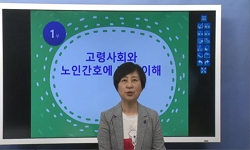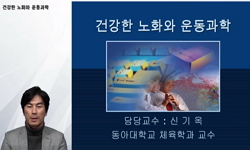Background: The use of ultrasonographic echo intensity (EI) to evaluate skeletal muscle quality and its effects on strength, explosive power, and physical function (PF) in older individuals remains unclear. This meta-analysis evaluated the association...
http://chineseinput.net/에서 pinyin(병음)방식으로 중국어를 변환할 수 있습니다.
변환된 중국어를 복사하여 사용하시면 됩니다.
- 中文 을 입력하시려면 zhongwen을 입력하시고 space를누르시면됩니다.
- 北京 을 입력하시려면 beijing을 입력하시고 space를 누르시면 됩니다.

Meta-Analysis on the Association between Echo Intensity, Muscle Strength, and Physical Function in Older Individuals
한글로보기https://www.riss.kr/link?id=A108894434
-
저자
Han Yuan (Sports Medicine Lab., Department of Physical Education, Graduate School, Kyungpook National University, Daegu, Korea) ; Maengkyu Kim (Sports Medicine Lab., Department of Physical Education, Graduate School, Kyungpook National University, Daegu, Korea)
- 발행기관
- 학술지명
- 권호사항
-
발행연도
2023
-
작성언어
English
- 주제어
-
등재정보
KCI등재
-
자료형태
학술저널
- 발행기관 URL
-
수록면
329-337(9쪽)
- DOI식별코드
- 제공처
-
0
상세조회 -
0
다운로드
부가정보
다국어 초록 (Multilingual Abstract)
Background: The use of ultrasonographic echo intensity (EI) to evaluate skeletal muscle quality and its effects on strength, explosive power, and physical function (PF) in older individuals remains unclear. This meta-analysis evaluated the associations among EI, muscle strength (MS), and PF in older individuals. Methods: We conducted a systematic search of the PubMed, Embase, Web of Science, SPORT Discus, and CINAHL databases through October 2022 to identify primary studies examining the association between EI and MS/PF. Effect sizes were computed using a random-effects model and presented using forest plots. Pearson correlation coefficient (r) and I2 statistics were used to measure heterogeneity. Results: This meta-analysis included 24 patients. EI demonstrated a negative association with maximal strength (r=-0.351; 95% confidence interval [CI], -0.411 to -0.288; p<0.001) and explosive power (r=-0.342; 95% CI, -0.517 to -0.139; p=0.001) in older individuals. Handgrip strength also showed a significant negative correlation with EI (r=-0.361; 95% CI, -0.463 to -0.249; p<0.001). However, we observed only a small and non-significant negative association between EI and gait speed (r=-0.003; 95% CI, -0.083 to -0.077; p=0.943), and a weak non-significant correlation with the chair stand test (r=0.072; 95% CI, -0.045 to 0.187; p=0.227). Conclusion: Increased EI was associated with lower strength and power but not with gait speed or chair test performance in older individuals. Further large-sample studies with long-term follow-up are needed to improve frailty prediction and risk assessment in this population.
동일학술지(권/호) 다른 논문
-
- 대한노인병학회
- Taishiro Kamasaki
- 2023
- KCI등재
-
- 대한노인병학회
- Guo Jeng Tan
- 2023
- KCI등재
-
Perceived Stress and Frailty in Older Adults
- 대한노인병학회
- Se Hui Lee
- 2023
- KCI등재
-
Deep Vein Thrombosis in a Patient with Negative Age-Adjusted D-Dimer Level
- 대한노인병학회
- Monish A. Sheth
- 2023
- KCI등재




 KCI
KCI






